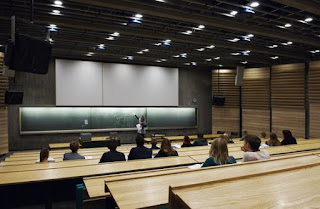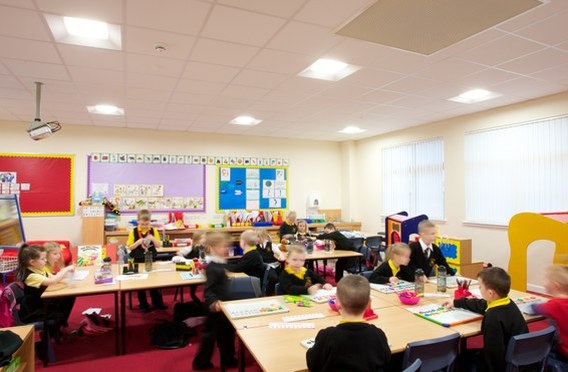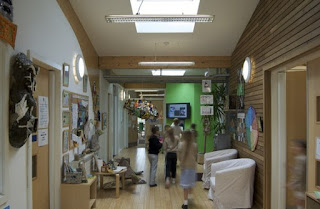5
Lighting for Education Sector
· Posted by admin in LED, LED downlights, LED panels, LED Tubes
Education is no longer about teaching; it is about creating a stimulating learning environment. Or to put it another way the quantity of information given out by a teacher is less important than the amount of information taken in by a student. This shift in emphasis has impacted the design of education buildings. Previously they were designed around the needs of the teacher whereas they are increasingly designed around the needs of the student. This requires more flexible spaces suitable for formal teacher led sessions and also for less formal group discussions and breakout sessions.
Building design has also developed as the importance of daylight to learning rates and attendance levels has begun to be understood. Therefore modern learning spaces tend to receive significant levels of daylight which in turn leads to significant energy savings in well-designed lighting installations.
Best practice
The European Standard EN 12464-1:2011 Light and lighting – Lighting of work places Part 1: Indoor work places provides recommended lighting levels for academic buildings. However whilst important these recommendations address only a part of the lighting requirements. Education is a communication centred discipline and lighting of people so they appear friendly and so that body language is readily visible is important, as is facilitating the use of all presentation materials and formats. EN 12464-1:2011 also provides recommendations for cylindrical illuminance to ensure good lighting of verticals, 150lx at 1.2m height. It discusses the modelling index, the ratio between the horizontal and vertical flow of light, to provide the correct balance between light and shade. It also highlights the importance of lighting room surfaces to make a space feel light and airy and prevent a sensation of gloom, recommending an average illuminance of 75lx on the walls and 50lx on the ceiling.

Education should always be centred on the needs of people and care should be taken not to design spaces for technology at the expense of comfort. However in some areas of high DSE use care should be taken to take account of the effect of lighting on screens. Recommendations for lighting for DSE are provided in the European Standard EN 12464-1:2011 Light and lighting – Lighting of work places Part 1: Indoor work places. However these criteria are for general computer technology and if plasma screen technology is used tighter control of luminaire brightness should be considered. Ideally the balance between lighting for people and lighting for technology should be achieved by intelligent use of lighting controls and scene setting to allow lighting to be adjusted to the needs of the moment.
Taking control
Supplying comfortable and effective light is not the same as supplying controlled and energy-efficient light. A lighting system should interact with the space, dimming in response to increasing levels of daylight, turning on or off in response to occupancy within the space, and with increasing use of technology and the need for flexibility of learning styles allow lighting scenes to be set to provide the optimal conditions for the needs of the task at hand. Lighting should be an integral part of the space ambience, giving a calm or lively atmosphere dependant upon the needs of the subject, providing an inspiring and stimulating environment for students and staff.
Visit www.novelenergylighting.com to explore LED lighting retrofit options for your school or university project. Please call us to discuss options or arrange for light designs: tel. 0208-540-8287, email: sales@novelenergylighting.com
LED downlights · led lighting · led panels · led tubes · Novel Energy Lighting · school led · school lighting · university lighting



